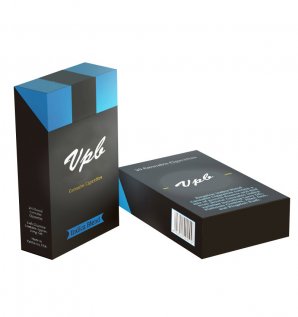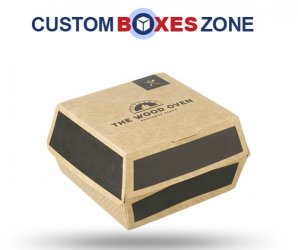In today’s fast-paced business environment, organizations thrive when their teams communicate effectively and operate with accountability. One of the most powerful frameworks that supports this culture of clarity and responsibility is ISO 9001, the globally recognized standard for Quality Management Systems (QMS). While most businesses adopt ISO 9001 for certification purposes, few realize that its documentation process plays a critical role in improving communication, collaboration, and accountability at all levels.
Understanding the Role of ISO 9001 Documentation
ISO 9001 documentation is more than just a collection of policies, procedures, and records. It serves as the backbone of a structured communication system, ensuring that every employee understands their roles, responsibilities, and how their work contributes to the organization’s overall objectives.
These documents—ranging from quality manuals and standard operating procedures (SOPs) to process maps and records—define the “how,” “when,” and “who” of every business process. This clarity reduces misunderstandings, eliminates redundancy, and helps teams work together seamlessly toward common goals.
Establishing Clear Communication Channels
A major advantage of ISO 9001 documentation is that it creates defined communication channels across departments. Each process is clearly documented, and every role is connected to measurable outcomes. This means that when employees need information, they know exactly where to find it and who to contact.
For example, documented procedures for production, purchasing, or customer service ensure that communication flows through approved channels, preventing errors caused by verbal instructions or unclear directives.
Enhancing Team Accountability
Accountability within an organization begins with clarity of responsibility—and ISO 9001 documentation delivers exactly that. By defining roles and responsibilities in documented processes, every team member knows what is expected of them and how their performance will be evaluated.
For instance, a documented procedure for handling customer complaints might specify who receives the complaint, who investigates it, and who provides the final resolution. This structure prevents confusion and finger-pointing, ensuring that issues are handled efficiently and responsibly.
Additionally, maintaining documented records helps managers track performance, analyse recurring issues, and provide constructive feedback. As a result, employees take ownership of their tasks, knowing that their contributions are visible, measurable, and essential to the organization’s success.
Bridging Gaps Between Departments
Miscommunication between departments is a common cause of inefficiency and rework. ISO 9001 documentation bridges this gap by standardizing cross-functional processes. For example, when sales, production, and logistics follow documented handover procedures, they share a common understanding of timelines, specifications, and expectations.
This not only reduces internal conflicts but also improves customer satisfaction. A well-documented QMS ensures that information moves consistently across teams, reducing dependency on individuals and enabling continuity even when team members change or are absent.
Driving Continuous Improvement Through Feedback
Another way ISO 9001 documentation enhances communication is by promoting structured feedback mechanisms. When teams document non-conformities, corrective actions, or process improvements, they are engaging in a transparent dialogue that strengthens trust and accountability. This data-driven approach ensures that improvements are based on factual evidence rather than assumptions or personal opinions.
Digital Documentation: The Future of Communication and Accountability
With the increasing adoption of digital tools, organizations can now manage ISO 9001 documentation more efficiently. Online document control systems allow teams to collaborate in real-time, track revisions, and maintain version control—ensuring that everyone works from the most up-to-date information.
Digital documentation also promotes accountability through access control, where each user’s actions (such as edits, approvals, or reviews) are logged and traceable. This eliminates confusion over document ownership and enhances the integrity of communication across the organization.
Conclusion
Effective communication and accountability are at the heart of every successful organization, and ISO 9001 documentation provides the framework to achieve both. By clearly defining roles, documenting processes, and ensuring transparency in every activity, businesses can foster a culture of trust, collaboration, and responsibility.
Whether your organization is small or large, service-based or manufacturing-oriented, investing time and effort into well-structured ISO 9001 documentation can lead to better communication, higher accountability, and sustainable growth. Ultimately, it’s not just about meeting certification requirements—it’s about building a stronger, more connected organization.




















































This is actually in addition such a fine writing most people certainly expert wanting by. Its not daily we certainly have probability to consider a little.
alternatif togel88